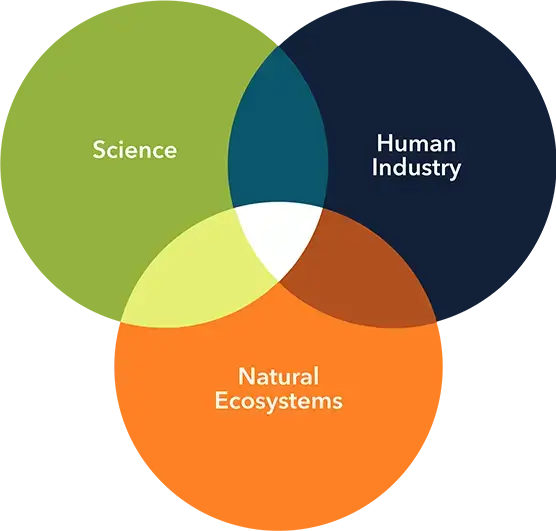We're leading the way in sound technology for the ocean and beyond. Explore some of our research projects and milestones.
In October 2024, GenusWave and the University of St Andrews were honoured with the Global Seafood Alliance’s Responsible Fisheries Innovation Award. This recognition reflects our dedication to innovation and sustainability, and highlights the effort, creativity, and teamwork of many collaborators who have been vital in developing this technology.

GenusWave is a science-based technology company driven by a deep respect for nature. This underlies all we do and guides the development of our signature products: unique systems that keep wild animals away from vital human activity — keeping animals safe and people productive. In achieving this goal, we provide benefits for the humans of today and the planet of tomorrow:
1.Harness science to solve human problems.
2.Support the planet's fragile environment in all we do.
3.Develop solutions that create jobs and build communities.
4.Draw inspiration from both natural wonders and scientific ingenuity.
5.Reconcile the needs of people and animals.